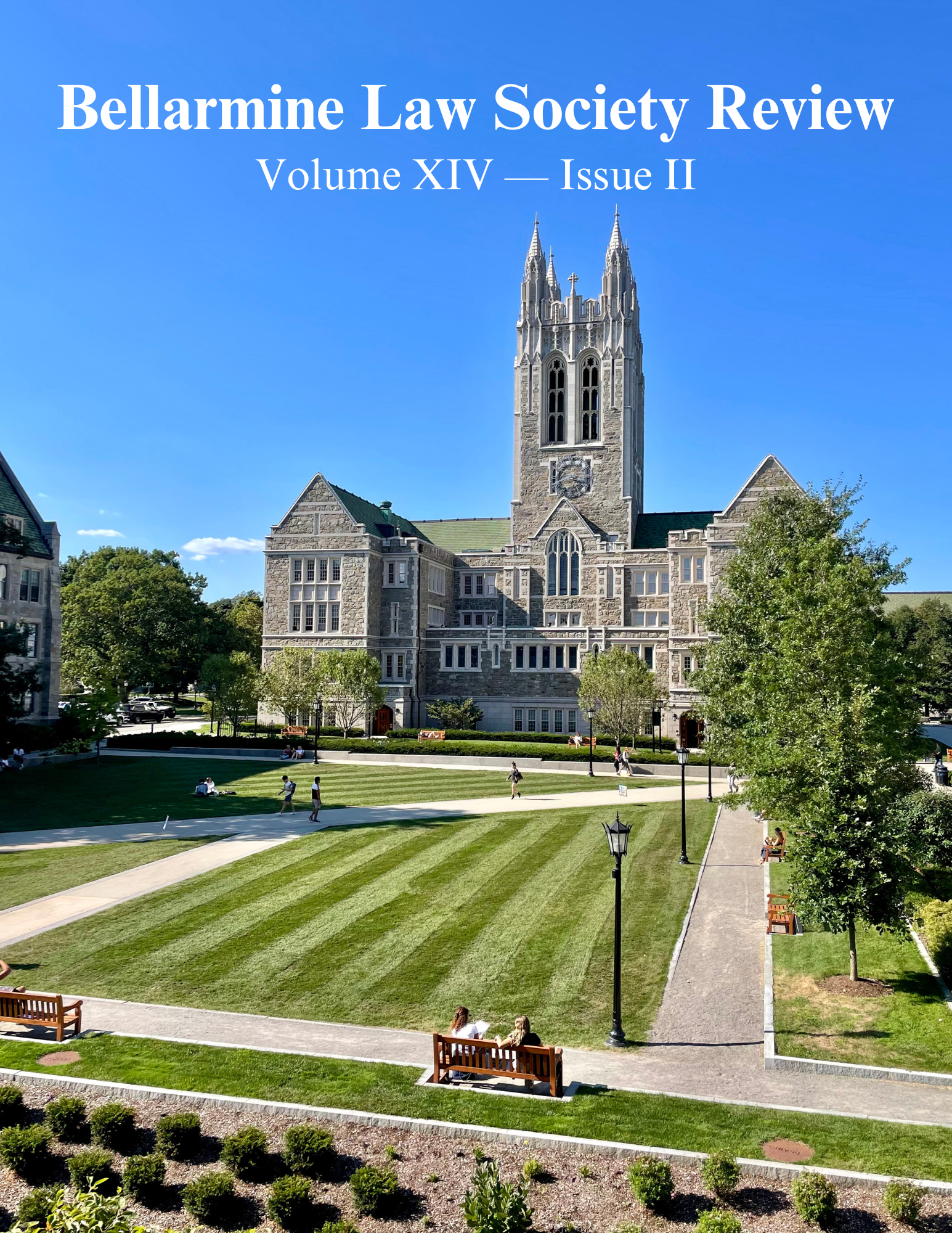Censoring Film and Filming Censorship
A Legal Analysis of the Origins and Legacy Film Noir
Keywords:
Film, Noir, Film Noir, Case Law, Censorship, Subtext, Meta, Stare Decisis, Formalism, Realism, Entertainment, Genre, First Amendment, Freedom of Speech, Freedom of Expression, Art, Arts, WWII, 1940, 1950Abstract
This paper explores the intersection of law and film, specifically how early 20th-century case law and the Hays Code provoked the genre of Film Noir. The genre's themes of crime, corruption, and moral ambiguity conflicted with the regulations on cinema at the time, which demanded moral decency. However, filmmakers dodged the censors by implying risque content in the subtext rather than in explicit presentation. In discovering this underground opportunity, filmmakers not only evaded censorship but attacked the system that necessitated such subtlety in the first place. In doing so, noir employed the pillars of both film formalism and legal realism to critique the regulatory culture of the time. The genre’s ambiguous style and content served as a battleground for censorship politics, becoming vehicles to speak out against the country's legal frameworks and advocate for the freedom of expression.
Published
How to Cite
Issue
Section
License
Copyright (c) 2024 Jenna Gilhooly

This work is licensed under a Creative Commons Attribution-NonCommercial 4.0 International License.
Please follow the link for further Copyright and License Information.


